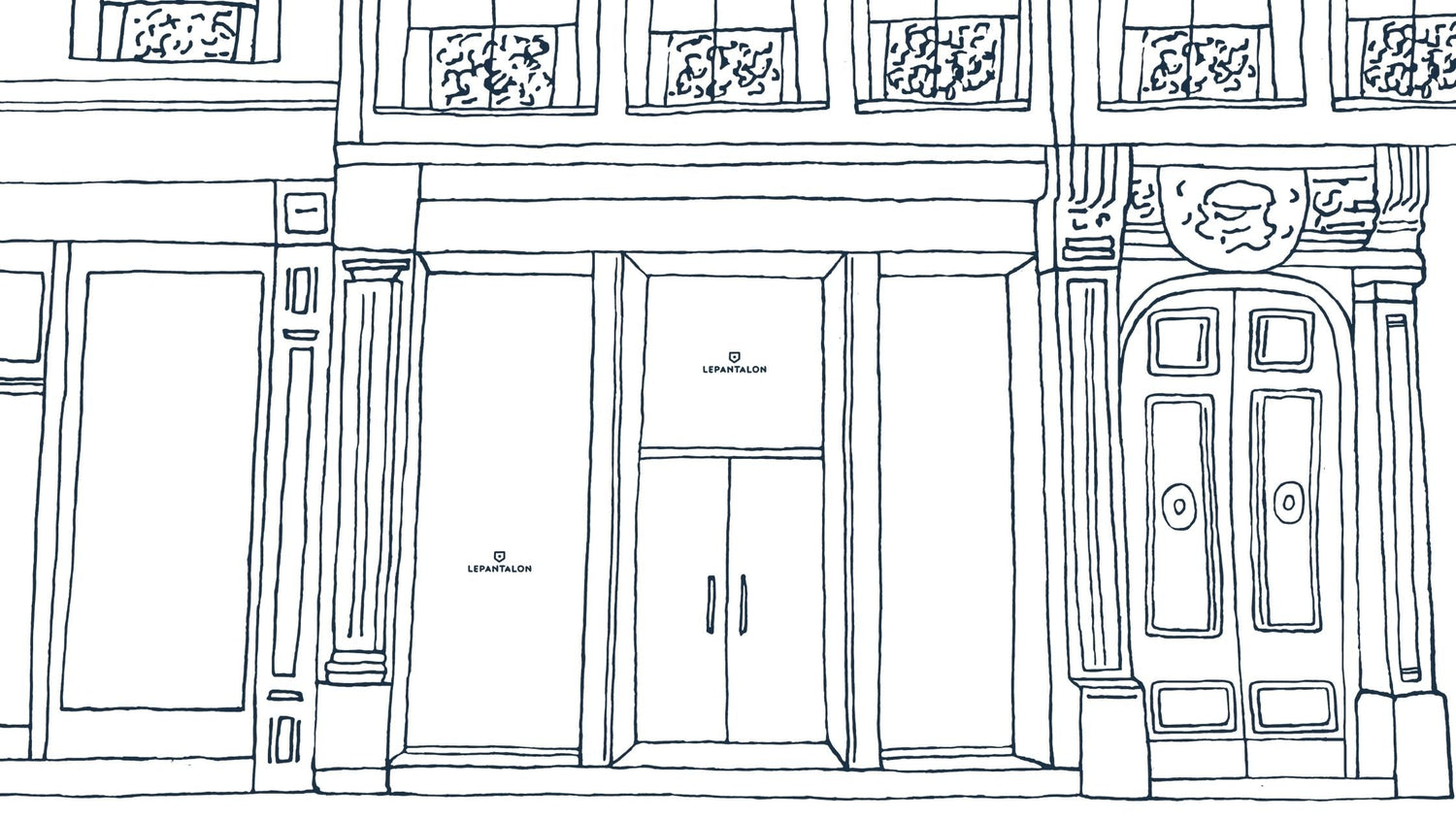Created by the Chinese for horse riding, trousers remained the preserve of men for a long time. While already a symbol of revolutionaries, trousers also became an emblem of female emancipation. More than just an everyday garment, trousers have long played a role in history.
From riding clothes to everyday wear
While some Neolithic men were already wearing what looked like leggings 3200 years before Christ, the first trousers with a crotch come from ancient China. Designed for horse riding, the oldest trousers discovered to date date from between the 13th and 10th centuries BC.
In the rest of the ancient world, the appearance of trousers is also linked to the domestication of the horse. All ancient civilizations, except the Greeks and the Romans, wore trousers. While the Romans saw trousers as a barbaric symbol, they eventually came to attest to their usefulness. The army adopted them, followed by civil society in the 3rd century.

It wasn't until the 16th century that trousers really made their appearance in Europe. In the Middle Ages, men wore breeches, a kind of leggings joined at the back. Changing fashions then led seamstresses to invent the fly, giving rise to the trousers we know today.

During the Revolution, trousers became a political symbol. In 1788, workers wearing trousers called themselves "sans-culottes" in contrast to the nobility, who wore breeches for fashion reasons.
Trousers only became a wardrobe essential in 1830, particularly in England where they quickly became the most commonly worn bottoms by men.
The history of men's trousers is then broken down into models and cuts, each symbol of an era and a fashion, today emblems of trends and styles.
Trousers as a symbol of female emancipation
It is not possible to discuss the history of trousers without mentioning the role they played in female emancipation.
Although Persian women already wore trousers, for a long time this garment was reserved for men. During the French Revolution, a law required women who wanted to wear trousers to register with the police. Trousers were only tolerated for women working in men's jobs.

It was ultimately sport that allowed women to wear pants. Aviators and cyclists appeared in public wearing pants, often causing negative media coverage. In 1930, three actresses, Marlene Dietrich, Greta Garbo, and Katharine Hepburn, shocked all of Hollywood by regularly wearing pants and even tuxedos, thus starting the democratization of pants for women. In the post-war period, it became socially acceptable for women to wear pants for leisure activities or gardening. In 1960, fashion designer Yves Saint Laurent definitively confirmed the dictatorship of the skirt in Europe, making women's pants a truly fashionable item of clothing that everyone was fighting over.
Yet, even today, some countries prohibit women from wearing trousers. In Sudan, for example, a woman wearing trousers is punished with forty lashes.
The history of trousers has often made them a symbol, and today they remain one of the most worn items of clothing. Every year, fashion revisits these bottoms, whether with new jeans or chinos .
Long live the pants!
Find all our pants on our e-shop !


